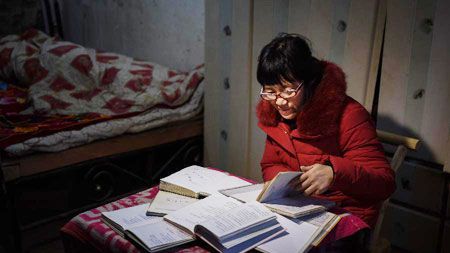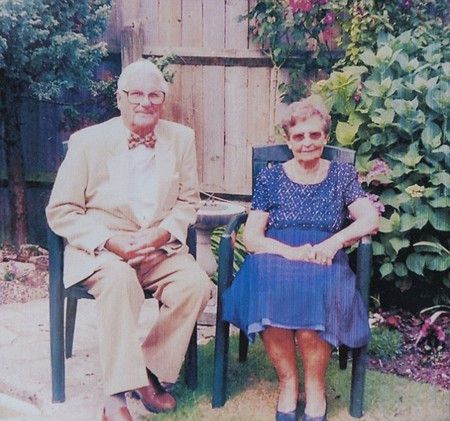海啸预警系统
|
Seismologists have created a new algorithm that could one day help give coastal cities early warning of incoming tsunamis. Right now, tsunami warning systems rely on region-specific scenarios based on previous patterns in that area. That's because scientists use sensors in the ocean, which can detect abnormal movements but can't make accurate projections of how much water will hit a coast and how hard. But "most likely" isn't a sure thing. If a real tsunami doesn't match any of the known scenarios, it could result in significant loss of life. Scientists at the Australian National University developed the Time Reverse Imaging Method to take real-time data from the ocean sensors and use that information to recreate what the tsunami looked like when it was born. Once scientists have the tsunami source pinpointed, they can use it to make better predictions about what will happen once the waves reach shore. This new method is fast enough to compete with existing algorithms but much more accurate. "[The Time Reverse Imaging Method] is not based on some guess, it's based on [real-time] information," said Jan Dettmer, a seismologist at the university. "[This method] would improve accuracy without sacrificing speed." Dettmer and his colleagues will speak about their tsunami-tracking algorithm at the 171st meeting of the Acoustical Society of America, held May 23-27 in Salt Lake City. The researchers studied plate tectonics in the Japan Trench to help create the algorithm. The earth's crust is broken up into large plates that float on top of the mantle, which is part of the earth's core. These plates move and push against each other, ultimately creating deep trenches and high mountains over the course of millennia. When the movement happens very quickly, it's an earthquake. Earthquakes can cause landmasses to move several meters, and if it happens underwater it creates a tsunami. Tsunamis kill an average of 8,000 people every year, according to the United Nations Office for Disaster Risk Reduction. That's why early warning is so important. "Once the earthquake happens, then we have minutes," Dettner said. Dettmer's system takes scientists one step closer to accurately predicting a tsunami's trajectory. In order to predict its course, you need know the initial sea surface displacement, or, what the wave looked like when it first started. |








